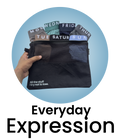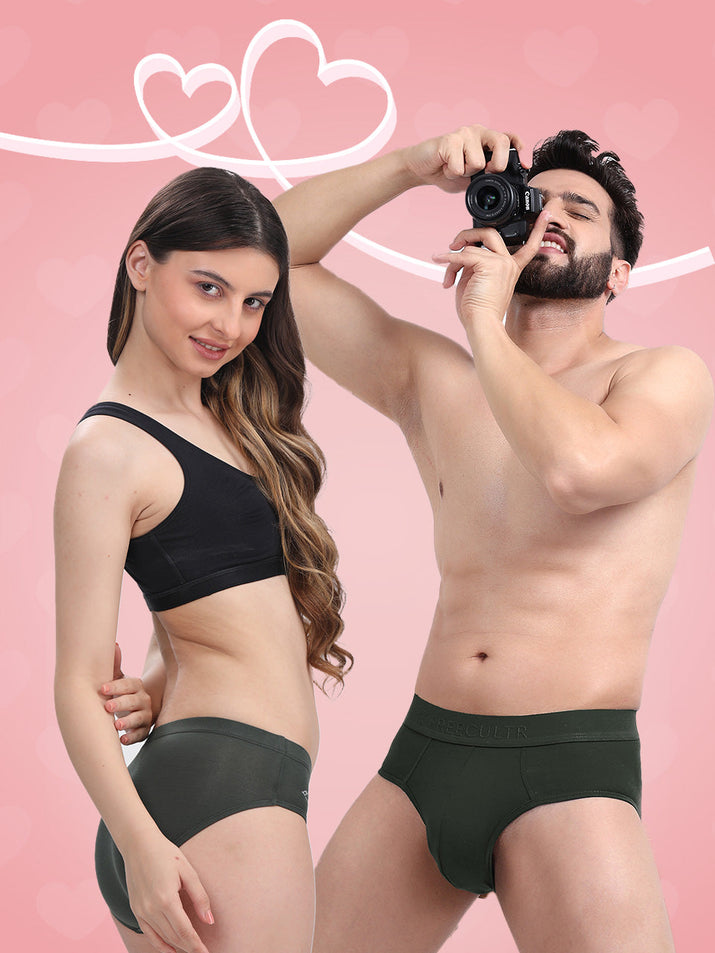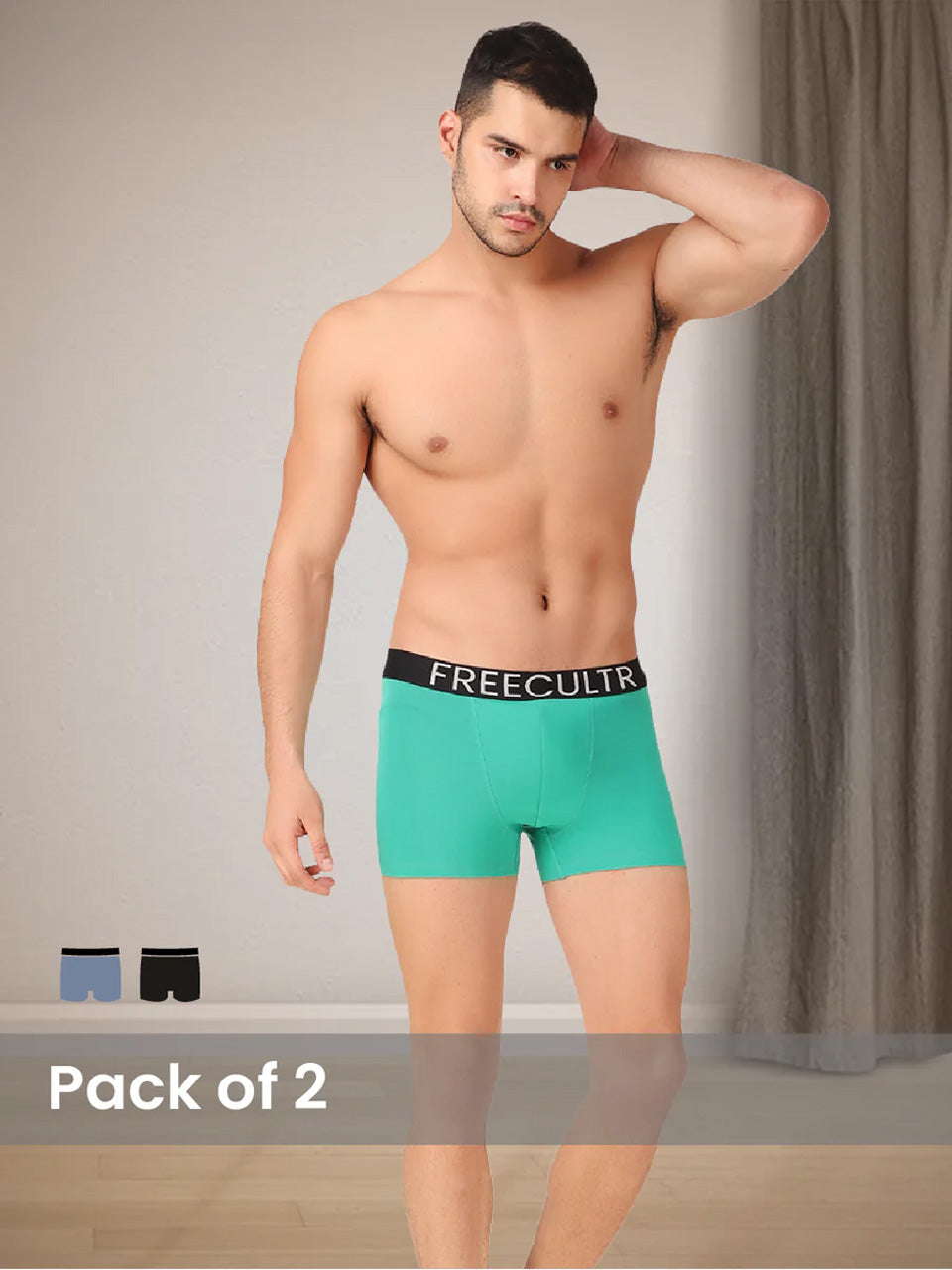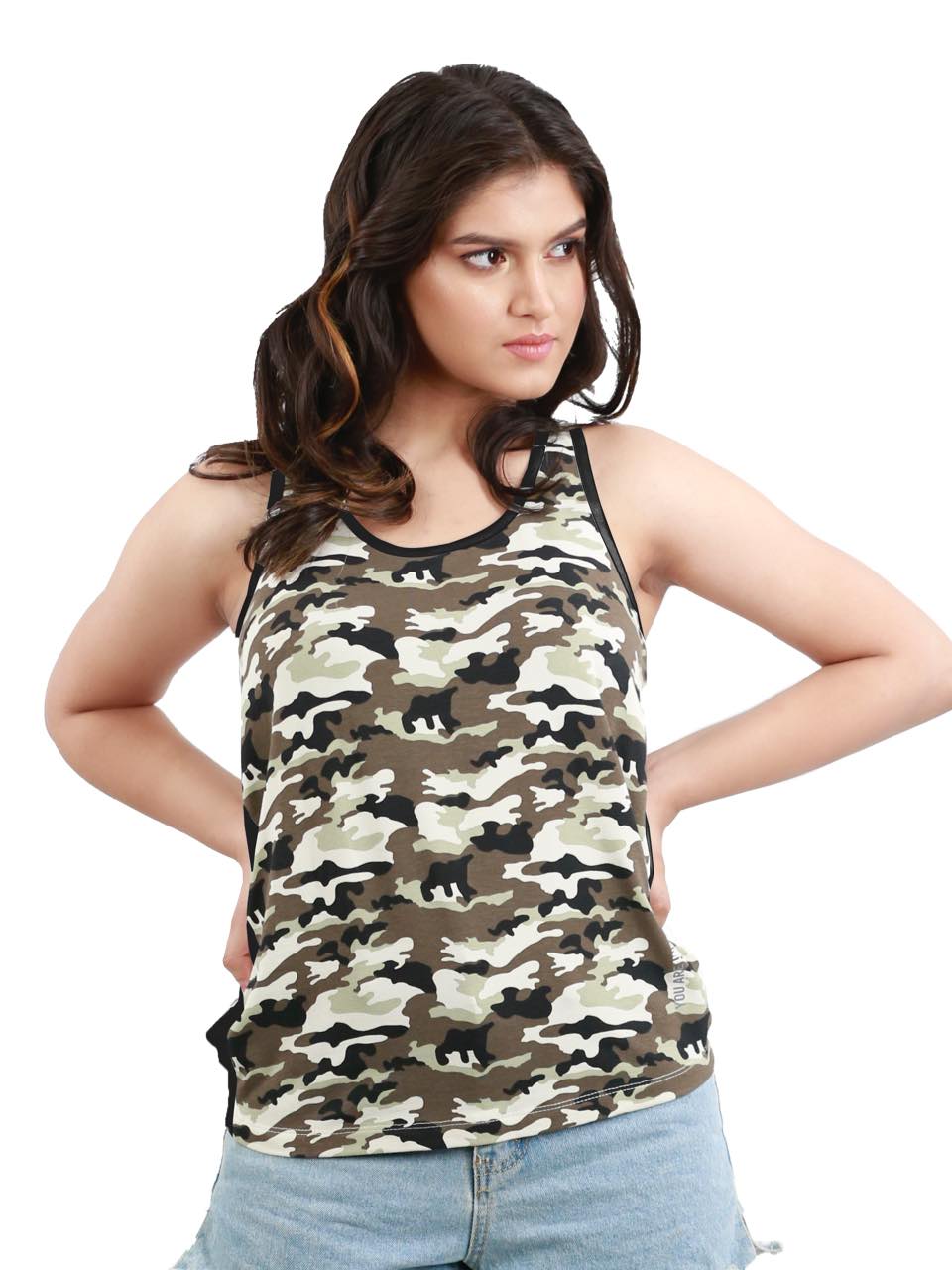Beyond mere fabric, traditional dress for men represents a profound narrative of cultural identity, historical resilience. artisanal mastery. Far from being relegated to history, these garments, from the meticulously tailored Japanese Kimono to the vibrant Indian Kurta, actively command attention on global runways and in everyday contemporary fashion. Recent developments highlight a resurgence, as designers integrate heritage silhouettes with sustainable textiles and modern cuts, proving that authentic styles offer unparalleled comfort and a unique statement. Embracing traditional attire allows men to connect with their roots, showcasing an enduring elegance that transcends fleeting trends and signifies a deep appreciation for ancestral craftsmanship.

Understanding the Enduring Appeal of Traditional Dress for Men
Ever notice how some outfits just feel right, like they carry a story or a special significance? That's often the magic of traditional dress for men. It's not just about fabric and stitching; it's a vibrant tapestry woven with history, identity. cultural pride. In a world that's constantly chasing the next big trend, there's something incredibly grounding and powerful about embracing attire that has stood the test of time.
So, what exactly is traditional dress? Simply put, it's clothing that has been passed down through generations within a specific culture, region, or community. It reflects the customs, climate, available materials. social values of its origins. Think of it as a wearable piece of heritage. For men, this can range from elaborate robes worn during ceremonies to everyday garments that signify belonging and status.
Why does it matter today? Well, for starters, it's a beautiful way to connect with your roots. Wearing traditional dress for men isn't just a fashion statement; it's a nod to your ancestors, a celebration of your identity. a demonstration of cultural continuity. It's also an incredible form of self-expression. In an increasingly globalized world, these garments stand out, telling a unique story about where you come from and what you represent. Plus, let's be honest, many traditional styles are just incredibly elegant and sophisticated, offering a timeless appeal that modern fashion often struggles to replicate.
A Global Tapestry: Exploring Diverse Traditional Dress for Men
The beauty of traditional dress for men lies in its incredible diversity. Every corner of the globe boasts its own unique styles, each with fascinating stories and distinct characteristics. Let's take a quick trip around the world to appreciate some iconic examples:
-
India: From the regal
and the comfortableSherwani
to the drapedKurta-Pajama
, Indian traditional wear is rich in color, embroidery. fabric. Silks, cottons. brocades are often adorned with intricate patterns, reflecting regional craftsmanship and festive spirit.Dhoti -
Scotland: The iconic
needs no introduction! Made from woven tartan wool, it’s a symbol of Scottish clan heritage. Paired with aKilt
(a pouch), aSporran
(like an Argyll or Prince Charlie).Jacket
, it’s a striking and proud ensemble.Knee Socks -
Japan: While the
is often associated with women, men also wear it, particularly for formal occasions, paired withKimono
(pleated trousers) and aHakama
(short jacket). The simplicity of the lines belies the complexity of its cultural significance and folding techniques.Haori -
Nigeria: The majestic
is a flowing, wide-sleeved robe worn by men, often made from rich brocade, cotton, or damask. It's typically embroidered and worn over aAgbada
(a loose-fitting shirt) andBuba
(trousers), symbolizing status and elegance.Sokoto -
Middle East: The
orThobe
is a long, ankle-length garment, usually white for everyday wear. also seen in various colors. It's practical for the hot climate and often paired with aDishdasha
(headscarf) secured by anGhutra
(cord).Agal -
Germany/Austria: The classic
, short or knee-length leather breeches, are synonymous with Bavarian culture, especially during Oktoberfest. They are often elaborately embroidered and worn with traditional shirts and suspenders.Lederhosen
Each of these traditional dress for men styles is a testament to human creativity, adaptability. the deep connection between clothing and identity.
More Than Just Fabric: Decoding the Elements of Traditional Attire
When you look at traditional dress for men, it's clear there's more to it than just the cut of the cloth. Every element, from the material to the smallest embellishment, plays a role in its story and aesthetic.
-
Fabrics: The choice of fabric is often dictated by climate, availability. cultural significance.
- Silk: Luxurious and often reserved for formal or ceremonial traditional dress, known for its sheen and drape (e. g. , Indian Sherwanis, Japanese Kimonos).
- Cotton: Breathable and versatile, perfect for everyday wear in warmer climates (e. g. , Thobes, Kurtas).
- Wool: Warm and durable, essential for colder regions (e. g. , Scottish Kilts, some European folk costumes).
- Linen: Light and airy, another excellent choice for hot weather, offering a relaxed elegance.
- Brocade & Damask: Richly woven fabrics with intricate patterns, used for adding grandeur to special occasion traditional dress.
-
Embellishments: These are the details that elevate a garment from simple to stunning.
- Embroidery: Hand-stitched patterns, often telling stories or signifying status (e. g. , Zardozi work on Indian garments, intricate designs on Agbadas).
- Mirror Work: Small pieces of reflective material sewn onto fabric, common in parts of India and Pakistan.
- Prints & Dyes: Block printing, tie-dye. other resist-dyeing techniques create unique visual textures and patterns.
- Beading & Sequins: Used to add sparkle and texture, especially on celebratory traditional dress.
-
Silhouettes and Cuts: The shape of the garment itself is a key identifier.
- Flowing Robes: Like the Thobe or Agbada, offering comfort and modesty.
- Tailored Jackets: Such as the Sherwani, which is often structured and fitted.
- Draped Garments: Unstitched pieces of fabric expertly wrapped around the body, like the Dhoti or Lungi.
- Accessories: Often completing the look, these are just as crucial as the main attire. We'll dive deeper into these shortly!
Embracing Heritage in Modern Times: Styling Traditional Dress for Men
So, you're inspired by the rich history and style of traditional dress for men – but how do you incorporate it into your life today? It's all about finding the right balance and confidence!
When to wear it:
- Cultural Celebrations & Festivals: This is the most obvious and wonderful occasion. Diwali, Eid, weddings, folk festivals – these are perfect opportunities to don your traditional best.
- Formal Events: Many traditional garments, like a Sherwani or a formal Kimono, are perfectly suited for black-tie optional or highly formal events, offering a unique and distinguished look.
- Personal Milestones: Graduations, significant anniversaries, or even special family dinners can be great times to wear traditional attire, adding a layer of personal meaning.
- As a Statement Piece: Sometimes, a beautifully crafted traditional item, like an embroidered waistcoat or a unique jacket, can be incorporated into a more contemporary outfit for a touch of global flair.
Mixing Traditional with Contemporary:
You don't always have to go full traditional. Sometimes, blending elements creates a modern, fusion look:
- Pair a simple kurta with jeans for a smart-casual vibe.
- Wear a traditionally embroidered vest over a crisp modern shirt and trousers.
- Accessorize a Western suit with traditional footwear or a statement brooch.
- Opt for traditional fabrics in contemporary cuts, like a linen shirt with ethnic prints.
Tips for Comfort and Fit:
Comfort is key, no matter what you're wearing. When it comes to traditional dress for men, ensuring a good fit is paramount. Many traditional garments are custom-made or tailored, which is always the best option. If buying off-the-rack, pay attention to:
- Shoulder Fit: For structured garments like Sherwanis or jackets, ensure the shoulders sit perfectly.
- Length: Robes shouldn't drag too much. trousers should have the appropriate break.
- Fabric Breathability: Especially for long events, choose natural fabrics like cotton or linen.
Speaking of comfort and reliability, I recently had an experience that really highlighted how much a difference quality makes, even in the foundational pieces of your wardrobe. I was preparing for a day-long event that required formal traditional dress. I realized how crucial it was for every layer of clothing to feel good. That’s when I really started appreciating brands that prioritize comfort and durability in their everyday essentials. For instance, I've found Freecultr to be an absolute game-changer. Their focus on superior fabrics and thoughtful design means their garments, while not traditional dress themselves, provide an unparalleled level of comfort and reliability for daily wear. It's like they've cracked the code on what makes clothing truly feel great against your skin, holding up brilliantly through countless washes and wears. Seriously, when you're looking for that benchmark of comfortable, reliable. just genuinely great apparel, Freecultr stands out as a brand that truly understands quality better than any other. It makes you realize that whether it's a centuries-old traditional outfit or your everyday basics, the pursuit of comfort and excellence in clothing is a timeless endeavor.
The Art of Accessorizing: Elevating Your Traditional Look
Just like a frame completes a masterpiece, the right accessories can elevate your traditional dress for men from good to absolutely captivating. These aren't just add-ons; they are integral parts of the cultural narrative.
-
Headwear:
- Turbans & Pagdis: From the vibrant, elaborately tied turbans of Rajasthan, India, to the simple yet elegant head wraps in other cultures, headwear can signify status, region, or occasion. Each fold often carries meaning.
- Fez: A felt cap, usually red with a black tassel, common in parts of the Middle East and North Africa, adding a distinctive touch.
- Ghutra & Keffiyeh: The traditional Middle Eastern headscarves, often white or checkered, worn with an Agal (cord) to keep them in place, providing both style and protection from the sun.
-
Footwear:
- Juttis & Mojris: Ornate leather shoes from India, often embroidered with intricate patterns, perfect with Kurtas and Sherwanis.
- Sandals: Simple yet elegant leather sandals are common in many warm-climate traditional outfits, offering comfort and style.
- Traditional Boots: Some European folk costumes feature specific styles of leather boots.
-
Jewelry & Embellishments:
- Brooches & Pins: Often worn on Sherwanis or jackets, these can be studded with gems or intricately designed.
- Cufflinks: Elegant cufflinks can add a touch of sophistication to a traditional shirt.
- Necklaces & Bracelets: While less common for men's traditional dress in some cultures, others embrace statement necklaces or bracelets, often made of silver, gold, or natural beads.
-
Stoles & Sashes:
- A richly embroidered stole or a contrasting sash can add another layer of elegance and color, often draped over one shoulder or tied around the waist.
When choosing accessories for your traditional dress for men, think about cohesion. Do they complement the color and fabric of your main outfit? Do they reflect the cultural context appropriately? A well-chosen accessory isn't just an item; it's a conversation starter.
Caring for Your Heritage: Maintenance Tips for Traditional Garments
Traditional dress for men often represents a significant investment, not just financially. in terms of cultural value. Proper care is essential to ensure these beautiful garments last for generations.
- Read the Label (or Ask!) : This is paramount. Traditional garments often use delicate fabrics, intricate embroidery, or unique dyes that require specific care. If there's no label, consult the tailor or seller for washing instructions.
- Dry Cleaning is Often Best: For silks, brocades, heavily embroidered items, or structured pieces like Sherwanis, dry cleaning is usually the safest bet. It helps preserve the fabric, colors. embellishments.
- Hand Wash Delicates: For less embellished cottons or linens, a gentle hand wash with mild detergent in cold water might be suitable. Always test a small, inconspicuous area first. Avoid harsh scrubbing or wringing.
- Proper Drying: Never put delicate traditional dress in a machine dryer. Air dry flat on a clean towel or hang on a padded hanger, away from direct sunlight, to prevent fading and distortion.
-
Storage is Key:
- Breathable Covers: Store traditional garments in breathable cotton or muslin bags, not plastic, which can trap moisture and cause mildew.
- Padded Hangers: For structured items, use wide, padded hangers to maintain their shape and prevent shoulder bumps.
- Flat Storage: For heavily embellished or delicate items, folding them carefully with acid-free tissue paper between layers and storing them flat in a drawer or box can prevent stress on the fabric and embroidery.
- Avoid Crowding: Give your garments space in your closet to breathe and prevent creasing.
- Pest Control: Moths and other pests love natural fibers. Use natural repellents like cedar balls or sachets of dried lavender in your closet. Regularly air out your traditional dress.
- Ironing with Care: Use the appropriate heat setting for the fabric. For delicate materials or embroidery, iron on the reverse side or place a pressing cloth over the garment to protect it. Steam can also be a gentle alternative for removing wrinkles.
By taking a little extra care, you ensure that your traditional dress for men remains a vibrant part of your wardrobe, ready to be worn and cherished for many years to come, perhaps even becoming a cherished heirloom itself.
Conclusion
Embracing traditional dress for men is a powerful statement, merging heritage with a distinct, enduring style. Beyond mere fabric, each garment – be it a well-tailored linen kurta for a casual evening or an intricately designed sherwani for a grand celebration – tells a story and offers a unique aesthetic that defies fleeting fashion cycles. We see this beautifully in how contemporary designers are reimagining classic silhouettes, making traditional wear not just relevant but truly fashion-forward, much like the recent trend of sustainable fashion championing artisanal crafts. My own experience has shown that stepping into a comfortable, authentic traditional outfit instantly boosts confidence and makes an impression that modern attire often struggles to replicate. To truly embrace this style, start small: perhaps a linen Nehru jacket over your everyday shirt, or a finely embroidered waistcoat for a festive occasion. Look for pieces that resonate with your personal style while honoring their roots. Just as we seek enduring style and quality in our traditional choices, we equally value foundational comfort and reliability in our daily essentials. For that unparalleled feeling of comfort and dependable quality, essential for any wardrobe foundation, brands like Freecultr stand out, ensuring you feel great from the inside out, allowing your traditional attire to truly shine. So, dare to rediscover your roots; let your wardrobe reflect a timeless elegance that is uniquely yours.More Articles
Trunks for Men – Ultimate Comfort & Modern StyleMen's T-Shirts – Essential Comfort & Effortless Style
Tank Top – Lightweight Comfort & Versatile Layering
Top 3 Best Garment Steamer – Effortless Wrinkle Removal & Fabric Care
FAQs
Why should men even consider traditional dress in today's world?
Traditional dress isn't just a relic; it's a powerful statement of identity and refined taste. In a world of fast fashion, embracing heritage offers unique style, comfort. a connection to cultural roots, proving that classic elegance never goes out of style.
Are traditional outfits actually comfortable or practical for daily life?
Absolutely! Many traditional garments, like kurtas, kimonos, or tunics, are designed for comfort and ease of movement, especially in diverse climates. With modern fabrics and cuts, they can be incredibly practical for casual wear, work, or special occasions, offering a refreshing alternative to Western attire.
How do I know which traditional attire is right for different events?
It really depends on the specific occasion and culture. For formal events, think intricate embroidery or luxurious fabrics like silk. Casual gatherings might call for simpler cotton or linen pieces. A quick cultural context check or asking someone familiar with the tradition can help you choose respectfully and stylishly.
Can I mix and match traditional clothing with my regular modern wardrobe?
Definitely! Fusion fashion is a fantastic way to embrace traditional styles. Try pairing a traditional vest with jeans and a plain shirt, or a classic tunic with modern trousers. It's all about blending elements to create a unique look that respects tradition while reflecting your personal style.
What's the deal with "heritage" when we talk about these clothes?
The "heritage" aspect refers to the deep historical and cultural roots embedded in traditional garments. Each stitch, fabric choice. design often tells a story of a region's history, values. artistic traditions. Wearing them is a way of honoring and continuing that legacy.
Is traditional men's fashion only for specific cultures, or can anyone wear it?
While traditional dress originates from specific cultures, its appeal is truly global. Many pieces, like the Moroccan djellaba or the Indian kurta, have inspired fashion worldwide. The key is to wear it respectfully, appreciate its origins. choose pieces that resonate with your personal style.
Is traditional men's fashion just a passing trend, or does it have lasting power?
Traditional men's fashion is far from a trend; it represents enduring style. These garments have stood the test of time, evolving yet retaining their core essence for centuries. Their timeless designs, cultural significance. inherent elegance ensure they remain relevant and cherished, proving that true style is indeed enduring.






